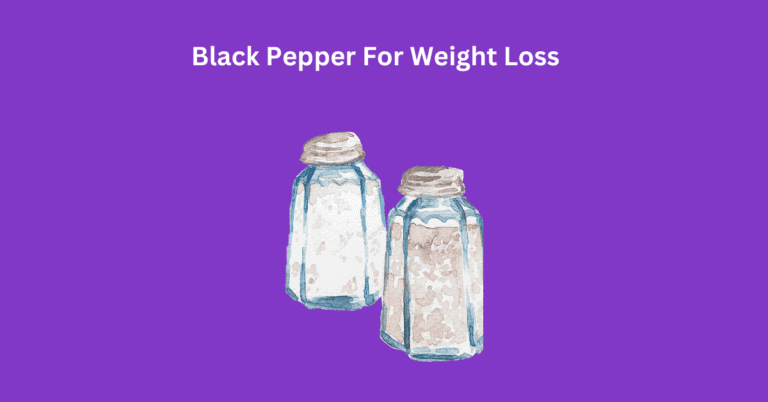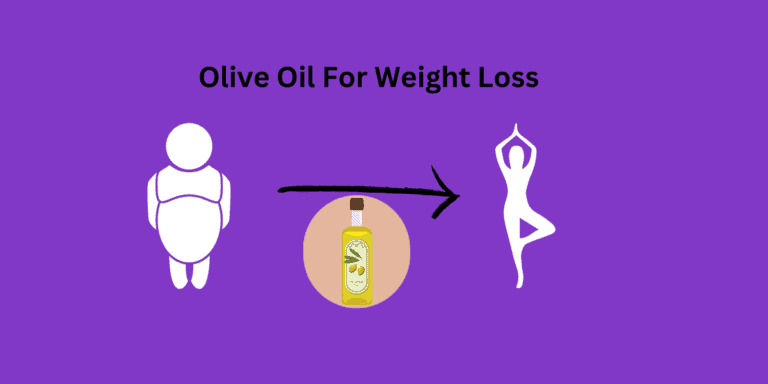Fuel Your Body with High Protein Ramen: Delicious and Nutritious
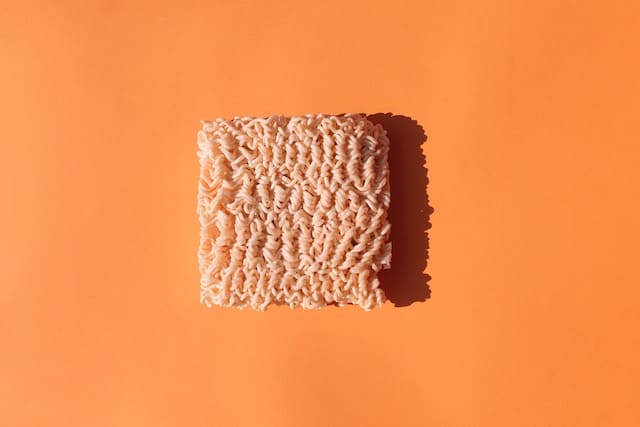
Ramen is a beloved dish that has become popular all over the world. Originally known as the “poor man’s sustenance,” ramen has evolved into a gourmet meal that can be enjoyed by everyone.
There are many different types of ramen, each with its unique flavor and ingredients included in the packet.
The popularities is thanks to its versatility, as it can be made in hundreds of different ways~ adding other ingredients and customizing the broth to satisfy your taste buds.
With that being said a packet of ramen is filled with carbs and contains only a tiny fraction of protein.
In this article, I will go over how to create a bowl of High Protein Ramen powerhouse using these 2 alternative options.
What Is Does A Packet Of Ramen Contain?
Before we proceed let’s do a deep dive to see what does a typically ramen content:
How are ramen made?
Did you know that ramen is primarily fried to dehydrate them? This procedure evenly dries it out~ which is why the cooking time is short as it is already cooked beforehand.They are made out of wheat flour, salt, water, and the most important of all kansui.
Nutrients content of ramen
The nutrient factor will depend on the size and the brand of the ramen. But if we look at one of the popular south Korean brand Shin Ramyun 120g (hot & spicy):
- Calories- 508
- Total carbohydrate- 79g
- Sugar- 3g
- Fats- 16g
- Protein- 10g
- Sodium-2028mg
Flavouring packet
The seasoning is what gives each ramen its unique individual taste.
These packets contain a combination of seasonings, spices, and often, flavored oils that are designed to add depth of flavor to the noodles.
What’s included in the seasonings can vary depending on the brand and flavor of instant ramen, but typically it contains a diversity of spices such as salt, sugar, monosodium glutamate (MSG), and garlic & onion powder.
First Route For High Protein Ramen(Vite Ramen)
The first option which comes at a higher cost~ it’s to purchase high-quality ramen, which is high in protein and high in other nutrients.
What is Vite Ramen?
Vite ramen is a company that produces instant ramen noodles with a unique twist – they aim to create a nutritionally & protein-packed complete product that is healthier for consumers.
They provide a nutritious meal by adding a range of ingredients that are typically lacking in regular instant ramen, such as protein, fiber, vitamins, and minerals.
Nutrients Content
Here is a picture straight from there website:
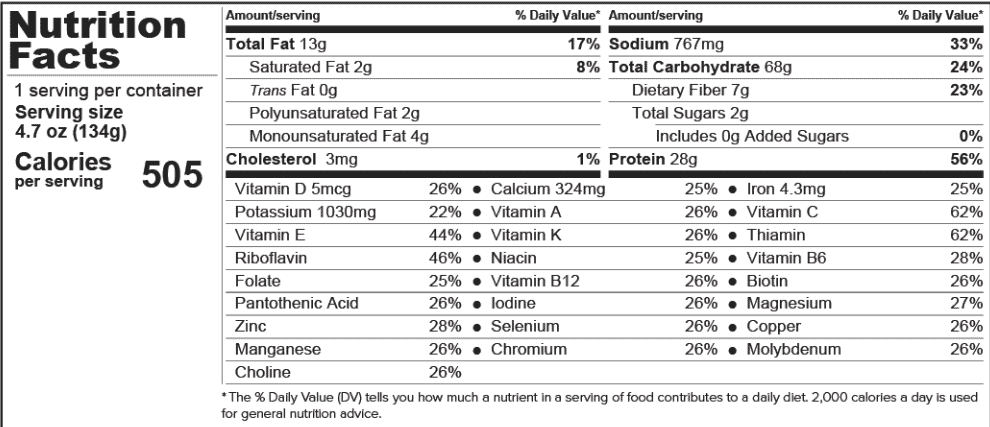
If you compare vite ramen to shin ramyun, you can see there is a whole range of additional micronutrients and vitamins present.
Not only that but sodium levels are drastically lower while the protein level is a lot higher, giving them the protein value of a protein shake.
What is it made out of?
Their noodles are not just made with wheat flour but with a blend of other ingredients to give its high protein properties.
To supply you with sufficient amino acids, the wheat flour is mixed with additional lysine, vital wheat gluten, prebiotic fiber, and ground quinoa.
Each of them has their own important role to formulate the noodles
- Vital wheat gluten is used for the chewy and elastic texture
- Lysine & ground quinoa is what provides you with the protein.
- prebiotic fiber allows the noodles to absorb the boiling water, therefore it can be cooked in 3-4 minutes.
What are the negatives of vite ramen?
Higher price:
A pack of their noodles averages around $8 and as you know a normal instant ramen can be purchased at a lower cost.
But we cannot overlook that their noodles are made up of the highest quality ingredients and provide sufficient micronutrients & vitamins that any other healthy meal would include.
Shipping
The shipping cost is another factor to think about.
As they are a smaller company, the process of shipment is still being figured out. Currently, for every order you make, the shipping cost can range from $8-15.
Another downfall is the shipment time. The company works under made-to-order which means that the process of preparing the noodles only happens when a customer has placed an order~ hence it may take a few weeks before you receive your package.
On the flip side, your ramen will not have been sitting on the shelf for a prolonged time, ensuring the quality is kept high till you cook it.
Second Route For High Protein Ramen
The second method is to prepare the ramen by adding certain ingredients yourself.
Here are some of my favorite 2 ways how I upgrade my ramen to give it the protein kick:
Cook with bone broths
The slow simmering of the bones releases their nutrients and flavor, resulting in a rich and savory broth that is both a healthy and flavorful alternative to traditional instant ramen broth.
The best way to incorporate the bone broth is by using it to boil the ramen noodles instead of using plain water.
The whole point of the water is to hydrate the ramen, so why not just swap it with a more nutritious liquid instead?
Bone broth is low in fat and high in protein~ filling in the protein gaps without adding a huge quantity of calories.
If we look at the chicken broth, one cup (253g) includes:
- Calories- 41
- Protein- 9.4g
- Total fat- 0.3g
- Calcium- 14mg
- Iron – 0.2mg
- Potassium-24mg
However, you probably require 2 cups or more to cook your ramen. If we recalculate to two cups the protein intake goes up to 18.8g and the calories being 82~ the calories are still not abnormally high.
Another benefit you will get is the high amount of collagen from the bones and connective tissues. Collagens are shown to support joint health, improve skin elasticity, and strengthen hair
You can either make the broth at home or buy one from your local supermarket. By simply cooking instant ramen with bone broth, you receive a range of health benefits.
Include eggs
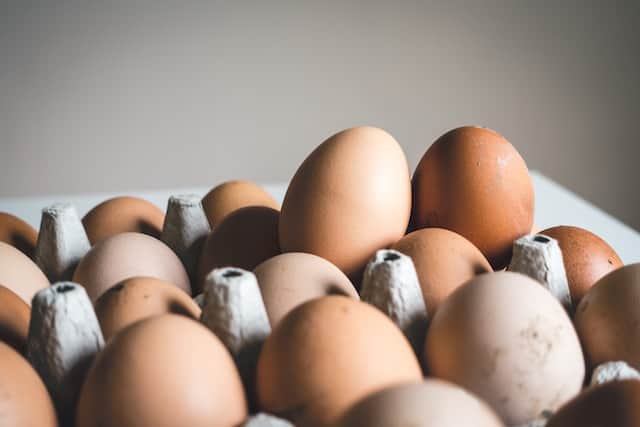
Eggs is a flexible ingredient~ where there are various methods to prepare it.
One medium egg contains :
- Calories- 66
- Fat- 4.6g
- Protein- 6.4g
Also here is a table of all the vitamins that it contains:
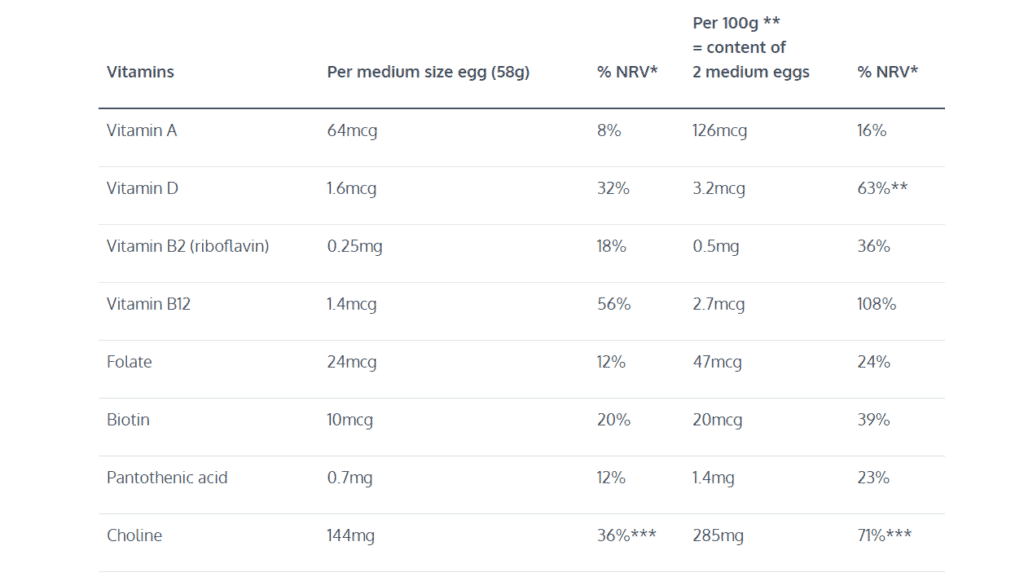
Now we all have eaten fried or boiled eggs countless times in our life so here are some unique ways to serve your eggs:
Japanese soy marinated eggs
Japanese soy-marinated eggs, also known as Ajitsuke Tamago is a popular Japanese toppings for ramen noodles.
The ingredients you need:
- 4 large eggs
- 1/2 cup soy sauce
- 1/2 cup mirin
- 1/2 cup water
- 1 tsp sugar
The preparation steps:
- In a medium saucepan, pour enough water to cover the eggs and bring it to a boil.
- Once boiled, gently add the eggs to the water for 7 minutes.
- While the eggs cook, combine the soy sauce, mirin, water, and sugar in a small pot over medium heat- this is to combine the sauces and to cook away the alcohol from the mirin.
- Once the eggs have cooked for 7 minutes, carefully transfer them to a bowl of ice water for up to 5 minutes.
- Once the eggs have cooled, gently tap them all around and peel the shells off. Be careful not to peel the egg whites, you want to keep the whole egg intact.
- Place the eggs in a resealable plastic bag and pour the marinade over the eggs. Make sure they are fully submerged in it.
- Refrigerate the eggs in the marinade for at least 4 hours or up to 24 hours (maximum 2 days). The longer you marinate the eggs, the more flavor is transferred to them.
- Gently remove the eggs from the marinade and slice them open to reveal the gooey, flavorful yolk.
Even though this method is great, it does take some time to prepare it. The best would be if you get everything done the night before, so you have your eggs ready to be enjoyed the next day.
Korean steamed eggs
Korean steamed eggs are a popular side dish in Korean cuisine. The eggs are steamed in earthenware (typically in ttukbaegi) to achieve a custard-like texture. You can still make it in a saucepan, however the consistency might not be as good as cooking it in earthenware.
The ingredients you need:
- 3-4 large eggs
- A cup of water or a broth
- Salt
- Green onions (optional)
The preparation steps:
- Whisk the eggs lightly in a bowl.
- Add the water or broth and salt with the eggs and mix well.
- Pour the mixture into an earthenware or a saucepan and place it on the stove
- Keep stirring the eggs until it’s cooked halfway, this is to prevent them from burning at the bottom.
- Low the heat and cover it up with a lid for 2 minutes
- Turn off the heat and leave it for another 2 minutes.
- Make sure you don’t lift the lid until the last moment.
- Chop up your green onions and sprinkle them on top.
The end product should be a creamy/custard-like texture. You can use the broth to get additional protein added to the eggs.
Tea egg
Keeping this Asian theme, let’s move to Chinese cuisine~ a tea egg.
Like the name suggests it’s a tea-flavored egg. Even though it might sound weird, the savory taste of the egg works seemingly well with a bowl of ramen.
The ingredients you need:
- 5 large eggs
- 4 tea bags of your choice
- 2 whole garlic
- 1 cinnamon stick
- 2 star anise
- 1/2 cup soy sauce
- 2 teaspoons of salt
The preparation steps:
- Boil the eggs in a pot of water for about 5-6 minutes, then put them straight into a bowl of ice water.
- Gently tap the eggs all over with a hard object to crack the shells, but do not peel them off.
- Put the tea bags and the rest of the ingredients in a pot with 5 cups of water.
- Bring the mixture to a boil and then turn it down to a simmer for 10 minutes.
- Cool down the mixture then submerge the eggs in the liquid.
- Let the eggs drown in the liquid for at least 2 hours or leave it overnight for better taste.
- When you peel the eggs, you will be amazed by the stunning patterns formed on them.
You can play around with the spices and tea bags to find the combination that fits perfectly for you.
Is Instant Ramen Healthy?
With the amount of value in taste, convenience, and low price that each packet delivers, it is no wonder they became a staple food for many people around the world.
However, they are not the healthiest food that you could be consuming, and here are a few reasons why:
High in sodium
The amazing flavors of the ramen are all thanks to the high sodium content.
On average one serving of your typical ramen contains around 1,760mg of sodium~ according to the work health organization your daily sodium intake should be kept under 2g. If compared 1,760 to 2g it covers 88% of the sodium consumption.
High sodium is shown to raise some concerns and is linked to conditions such as Heart Disease, Stroke, and High Blood Pressure.
It can be extremely difficult to keep the sodium under 2g after eating instant ramen.
Not a balanced meal
Instant ramen might make you feel satisfied but they are lacking in the nutrients department.
It provides little to no important nutrients like vitamin A, vitamin b12, vitamin C, and fiber.
They are also a processed food that has gone through several stages of manufacturing to increase their shelf life and flavor. The added preservatives and artificial flavors are not gentle to the body’s health compared to whole foods.
Most noodles are mainly fried
Commonly the method for drying the block of noodles is frying it, this causes the fat and calorie content to shoot up.
If one of your goals is to lose weight, it can be tough burning the calories off with frequent ramen consumption.
Deep frying adds trans fats which are the worst type of fats to add to your diet. It is related to the increased levels of LDL cholesterol.
How To Make Ramen Heathier?
It would be wrong for me to say completely cut off instant ramen out of your life, as they just taste too good.
With that being said, keeping a healthy body should be your no1, so here are ways you can make your bowl of ramen healthier:
Throw away the seasoning packet
I don’t mean throw the whole packet away~ ramen wouldn’t be ramen without these seasonings.
What you can do instead is only use half of it and incorporate your own blend of spices to ramp up the flavors such as garlic powder, chili flakes, sesame seeds, and peppercorns.
This will help lower the sodium intake drastically, while still keeping the delicious factor from the added spices.
Pump up the vitamins and minerals
Combine a variety of vegetables into your ramen.
There are many vegetables that go exceptionally well with them and boost their over flavor.
This might be an unpopular opinion but my favorite is tomatoes. This adds a sweet acidic taste resulting in an umami soup.
Don’t include the oil add-ons
Not all but some ramen comes with additional oils to give a richer broth.
I won’t deny sometimes these added oils can increase their overall taste, however ditching them will reduce the calories and the fat content.
Conclusion
Even though ramen is a convenient food to eat, they are low in vitamins and minerals that your body requires to stay functioning properly.
It is mainly high in carbohydrates and does not meet your protein needs.
If you have the budget Vite ramen is a great pick. Their instant ramen is packed with protein and essential vitamins & minerals.
Another option is to add high protein food of your choice like chicken bone broth and egg, while also including vegetables like kale, shiitake mushrooms, and spinach to improve the nutritional value.


